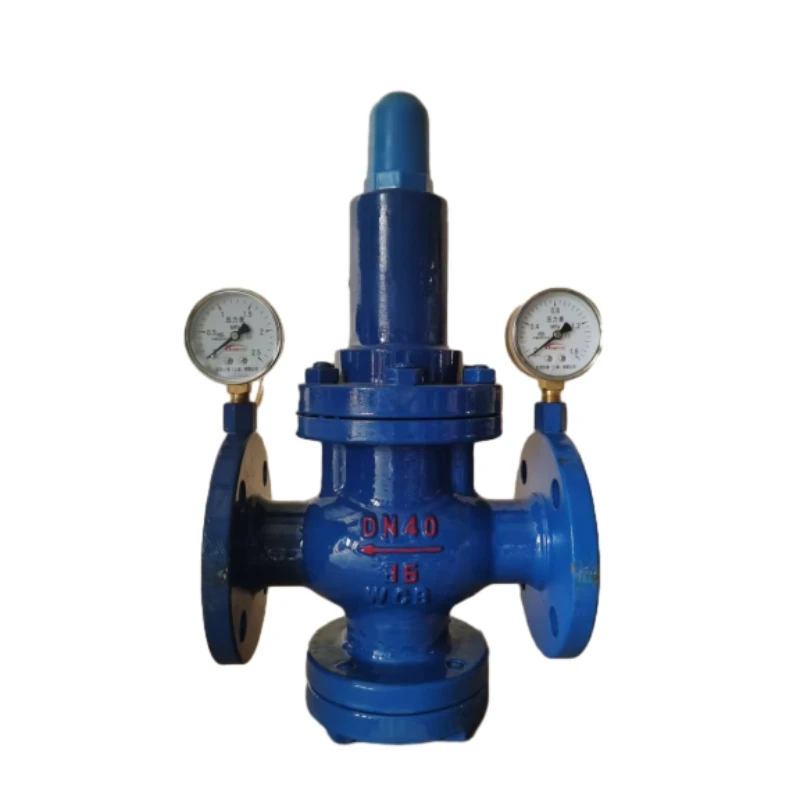emergency release valve
The Importance of Emergency Release Valves in Industrial Safety
In industrial settings, safety is paramount, and one of the critical components in ensuring a safe environment is the emergency release valve (ERV). This device plays a vital role in managing pressure within various systems, preventing catastrophic failures that could lead to accidents, injuries, or environmental disasters. Understanding the function and importance of ERVs is essential for anyone involved in industrial operations.
Emergency release valves are designed to automatically alleviate excessive pressure within tanks, pipelines, and other equipment. These valves are engineered to open when internal pressure exceeds a predetermined threshold, allowing fluids or gases to escape safely. By releasing pressure, ERVs prevent potential explosions, ruptures, or leaks that could have devastating consequences.
One of the significant benefits of ERVs is their ability to respond quickly to dangerous situations. For instance, in the case of a chemical storage tank, if the pressure builds due to heat or a reaction, the ERV activates and releases the excess pressure before it can reach critical levels. This quick response time is crucial in minimizing damage and ensuring the safety of personnel and the surrounding environment.
emergency release valve

Moreover, ERVs are integral to regulatory compliance. Many industries are subjected to strict regulations governing pressure control and safety measures. The presence of functional emergency release valves demonstrates compliance with these regulations, thus avoiding hefty fines and legal complications. Companies that prioritize the installation and maintenance of ERVs not only protect their workers but also uphold their reputations within the industry.
In addition to safety and compliance, emergency release valves can also have economic benefits. By preventing hazardous incidents, organizations can avoid costly downtimes, repairs, and potential litigation. Furthermore, maintaining a safe work environment boosts employee morale and productivity, as workers feel secure knowing that safety measures are in place.
It is also important to note that regular maintenance and inspection of ERVs are crucial to ensure their effectiveness. These valves should be tested periodically to confirm they function correctly and can react promptly in an emergency. An overlooked or malfunctioning ERV could result in dire consequences, making vigilance a necessity in industrial operations.
In conclusion, emergency release valves are indispensable in maintaining safety in industrial environments. Their ability to regulate pressure and prevent catastrophic failures protects both people and the environment. As industries continue to evolve, investing in advanced ERV technologies and rigorous maintenance protocols will be essential in safeguarding the future of industrial safety.
-
The Smarter Choice for Pedestrian AreasNewsJun.30,2025
-
The Gold Standard in Round Drain CoversNewsJun.30,2025
-
The Gold Standard in Manhole Cover SystemsNewsJun.30,2025
-
Superior Drainage Solutions with Premium Gully GratesNewsJun.30,2025
-
Superior Drainage Solutions for Global InfrastructureNewsJun.30,2025
-
Square Manhole Solutions for Modern InfrastructureNewsJun.30,2025
-
Premium Manhole Covers for Modern InfrastructureNewsJun.30,2025
